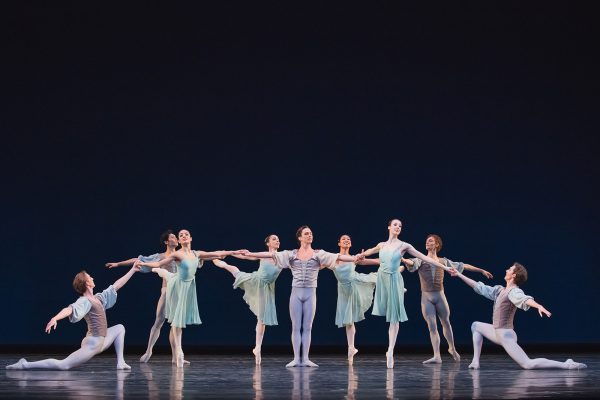Syreeta Hector’s Black Ballerina bears a loaded title, with an equally weighty repertoire of choreography. At SummerWorks Performance Festival, we were offered a preview of this work-in-progress, her first-solo work, with the full program premiering at The Citadel this fall.
Black Ballerina weaves the audience through the complex personal relationship between Hector and her dance practice, specifically in the world of classical ballet. But even more, Black Ballerina is Hector’s own expression of the controversies and contradictions within ballet and what it means to be Black or Brown while practising an art form that values and portrays whiteness.
Hector is able to grip the audience, even in this short preview, by compacting her distinctive choreography and a range of intense emotional explorations. In an opening voice-over, she details the intricacies of how the mimic octopus blends into its surroundings — a metaphorical foreshadowing of Hector’s own unfolding story.
While Hector’s work tells her personal and delicate story of traversing the classical ballet world as a Black Indigenous woman, it also manages to be welcoming. Through a unique array of musical choices, from original scores to Top 40 tunes, she keeps audiences enthralled. At one point, she moves along the floor with pointe shoes fixed to her hands; during another, she is practically hidden beneath an oversized sweatshirt, and moving freely to Kendrick Lamar. There’s a freedom to her movement here that is not evident in other moments. Hector’s clashing identities guide us through her interior struggle: watching her perform an intense sprint in a blonde wig, I read her desire to escape from the white influence that is so prominent in most classical dance styles today.
Summing up the entire piece perfectly, Hector closes the work twirling slowly beneath a shower head-like fixture on the dimly lit stage to an almost eerie piece of instrumental music. Dressed in a black bodysuit and white warm-up tutu, she’s lightly dusted with white powder misting from the head of the fixture, like a soft snow falling upon her hair, face and shoulders. Turning like a ballerina in her music box, Hector both personifies and problematizes the very nature of this “ballerina in a box” ideal — the commonly accepted notion that to be successful in the world of ballet means to be a carbon copy, in technique and aesthetic. And as Hector’s own breath moves the powder that masks her skin beneath, the harsh reality of having to give up one’s identity sits with me well after Hector’s final bow.
Perhaps most noteworthy of all is Hector’s ability to completely interweave these clashing aesthetics, each of which are part of her years of training. Throughout the piece, she interlaces ballet technique, including classical arm and foot positions or ballet steps themselves, with more pedestrian movement, like walking, running or just jamming to a favourite piece of music. With numerous costume changes, Hector places emphasis on the body itself; the reality being that a dancing body, regardless of race, size, gender, etc., is a moving body and should be appreciated as such. Whether dressed simply in a bodysuit that demonstrates Hector’s strength in all definitions of the term or covered up in multiple layers of sportswear or loungewear, she demonstrates how the validity of dance should never be determined by appearances but should instead reflect what’s felt and experienced internally in the moment.
While I was humbled to have had the opportunity to share in Hector’s open and humbling space of creation, perhaps the only downfall saw audiences leaving wanting more of Hector’s raw, unapologetic self that is presented through the work. There is no questioning the necessity for Hector’s work in the sphere of dance today. Black Ballerina is a catalyst into the larger conversation of what is truly associated with the “dancing body” versus the “ballerina.”
Tagged: Ballet, Contemporary, ON





